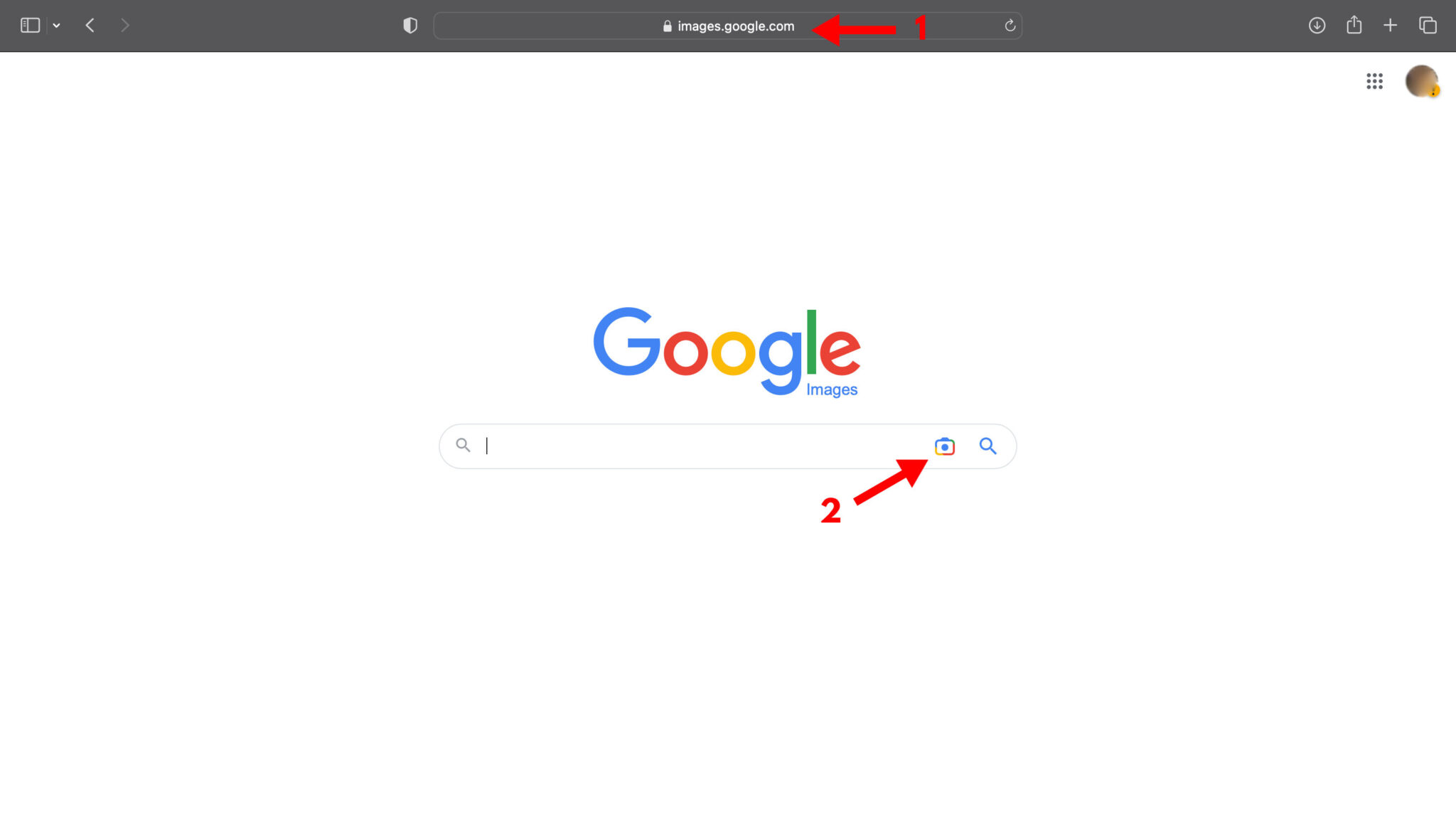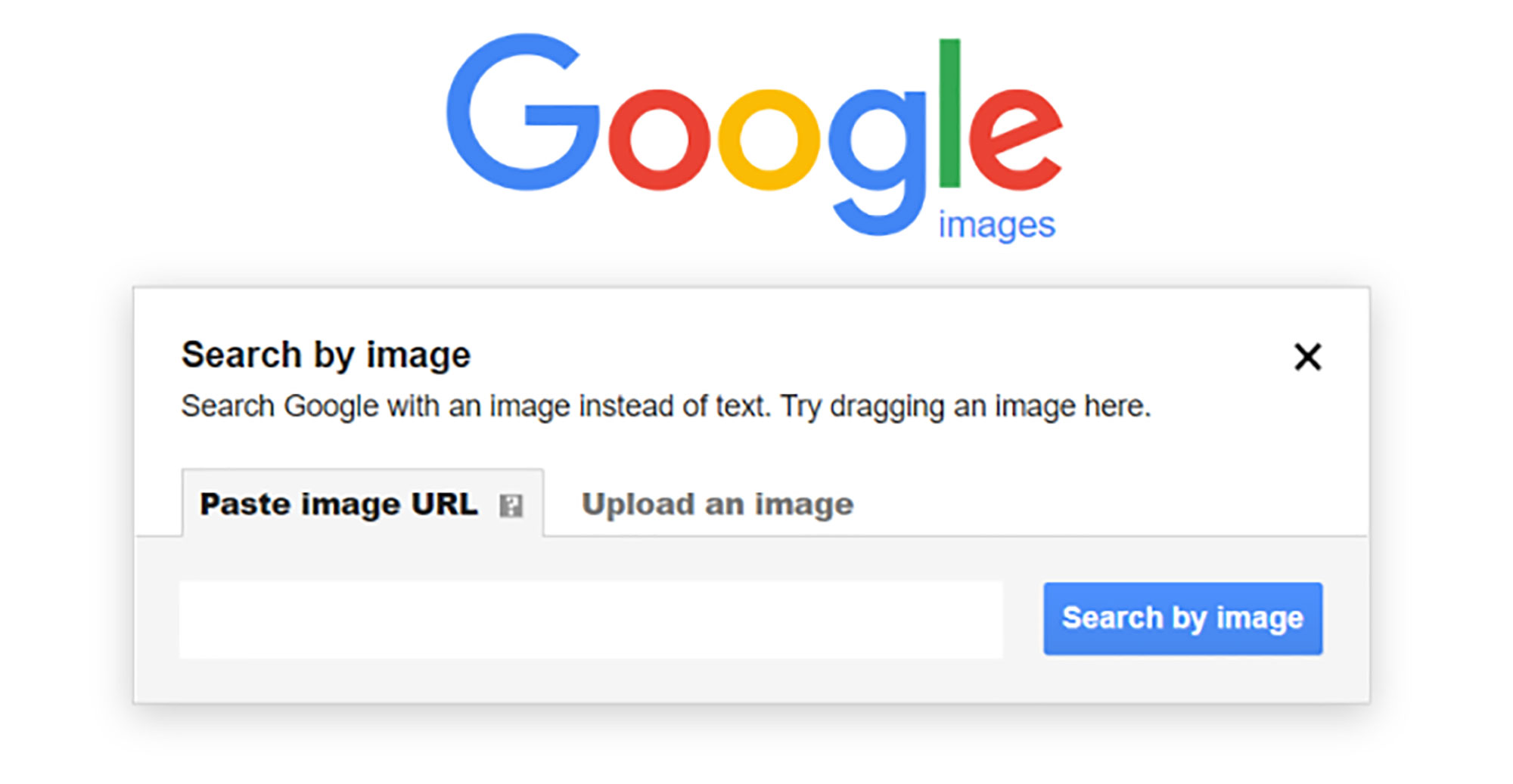What is Reverse Image Search and How Does it Work?
Reverse image search is a powerful tool that allows users to search for images based on a reference image, rather than a text-based query. This technology has revolutionized the way we search for visual content online, making it easier to find similar images, identify objects, and gather information. Google’s reverse image search feature is a prime example of this technology in action, allowing users to upload an image or enter an image URL to search for similar images across the web.
The process of reverse image search involves analyzing the visual content of an image, such as colors, shapes, and textures, to create a unique digital signature. This signature is then compared to a vast database of images to find matches. The algorithm used to analyze and compare images is complex, involving machine learning and computer vision techniques to identify patterns and relationships between images.
Reverse image search has numerous benefits, including the ability to find similar images, identify objects, and gather information about a particular image. For example, users can search for an image of a product to find similar products or reviews. They can also use reverse image search to identify the source of an image, track down copyright infringement, or verify the authenticity of an image.
Google’s reverse image search feature is particularly useful, as it allows users to search for images across the web, including images from websites, social media platforms, and online marketplaces. By using this feature, users can quickly and easily find the information they need, without having to manually search through text-based results.
While reverse image search is a powerful tool, it is not without its limitations. Image quality, copyright issues, and algorithmic biases can all impact the accuracy and effectiveness of reverse image search results. However, as the technology continues to evolve, we can expect to see improvements in these areas, making reverse image search an even more valuable tool for users.
How to Search by Image on Google: A Beginner’s Guide
To get started with Google’s reverse image search feature, follow these simple steps:
Step 1: Access Google Images by navigating to images.google.com or by clicking on the “Images” tab on the Google homepage.
Step 2: Click on the camera icon in the search bar to activate the reverse image search feature.
Step 3: Upload an image from your computer or enter the URL of an image you want to search for. You can also drag and drop an image into the search bar.
Step 4: Google will analyze the image and provide a list of search results, including similar images, websites, and pages that feature the image.
Step 5: Browse through the search results to find the information you need. You can filter the results by size, color, and type to narrow down your search.
Interpreting the search results is also important. Google’s reverse image search feature provides a wealth of information, including the image’s resolution, file size, and EXIF data. You can also use the “Similar images” feature to find more images like the one you searched for.
By following these steps, you can easily search by image on Google and find the information you need. Whether you’re looking for similar products, identifying objects, or tracking down image sources, Google’s reverse image search feature is a powerful tool that can help you achieve your goals.
Remember to use specific keywords and filters to refine your search results and get the most out of Google’s reverse image search feature. With practice, you’ll become proficient in using this feature to search by image on Google and unlock a world of visual information.
Using Google Images: Tips and Tricks for Effective Search
To get the most out of Google Images, it’s essential to use specific keywords and filters to refine your search results. Here are some tips and tricks to help you use Google Images effectively:
Use specific keywords: When searching for images, use specific keywords related to the image you’re looking for. For example, if you’re searching for a picture of a sunset, use keywords like “sunset,” “beach,” “ocean,” and “sky.”
Filter results: Google Images allows you to filter results by size, color, and type. Use these filters to narrow down your search results and find the exact image you’re looking for.
Use the “similar images” feature: Google Images has a “similar images” feature that allows you to find more images like the one you’re searching for. This feature is particularly useful when you’re looking for similar products or images with similar characteristics.
Use quotes: When searching for a specific phrase or keyword, use quotes to get exact results. For example, if you’re searching for images of “New York City,” use quotes to get results that contain the exact phrase.
Use the “Tools” menu: The “Tools” menu in Google Images allows you to refine your search results by date, usage rights, and more. Use this menu to find images that are relevant to your search query.
Use Google’s advanced search features: Google’s advanced search features allow you to refine your search results by file type, size, and more. Use these features to find images that meet your specific needs.
By using these tips and tricks, you can get the most out of Google Images and find the exact images you’re looking for. Whether you’re searching for images for personal or professional use, Google Images is a powerful tool that can help you achieve your goals.
Remember to always respect copyright laws and usage rights when using images from Google Images. By doing so, you can ensure that you’re using images in a way that is fair and legal.
Alternative Reverse Image Search Engines: Options Beyond Google
While Google’s reverse image search feature is a powerful tool, it’s not the only option available. There are several alternative reverse image search engines that offer unique features and benefits. Here are a few options to consider:
Bing Image Search: Bing’s image search feature allows you to search for images using a variety of filters, including size, color, and type. Bing also offers a “similar images” feature that allows you to find more images like the one you’re searching for.
TinEye: TinEye is a reverse image search engine that allows you to search for images using a variety of filters, including size, color, and type. TinEye also offers a “similar images” feature and allows you to search for images using a URL or by uploading an image.
Yandex Image Search: Yandex is a Russian search engine that offers a reverse image search feature. Yandex’s image search feature allows you to search for images using a variety of filters, including size, color, and type. Yandex also offers a “similar images” feature and allows you to search for images using a URL or by uploading an image.
Other options: There are several other reverse image search engines available, including Baidu, Sogou, and Pixsy. Each of these engines offers unique features and benefits, and may be worth considering depending on your specific needs.
When choosing an alternative reverse image search engine, consider the following factors:
Features: What features does the engine offer? Does it allow you to search for images using a variety of filters? Does it offer a “similar images” feature?
Accuracy: How accurate are the engine’s search results? Does it return relevant results for your search queries?
Speed: How fast does the engine return search results? Is it quick and efficient, or does it take a long time to load?
By considering these factors, you can choose an alternative reverse image search engine that meets your needs and provides the features and benefits you’re looking for.
Real-World Applications of Reverse Image Search
Reverse image search has a wide range of real-world applications, from identifying fake news to finding similar products. Here are some examples of how reverse image search can be used in different fields:
Identifying fake news: Reverse image search can be used to identify fake news stories by searching for images that have been manipulated or reused. This can help to prevent the spread of misinformation and promote fact-checking.
Product research: Reverse image search can be used to find similar products or product images. This can be useful for e-commerce businesses, product designers, and researchers who need to find similar products or images.
Image source tracking: Reverse image search can be used to track down the source of an image. This can be useful for photographers, artists, and designers who need to find the original source of an image.
Marketing and advertising: Reverse image search can be used to find images that are similar to a brand’s logo or product images. This can be useful for marketers and advertisers who need to find images that are consistent with their brand’s visual identity.
Education and research: Reverse image search can be used to find images that are relevant to a particular topic or subject. This can be useful for students, researchers, and educators who need to find images that are relevant to their research or studies.
Security and surveillance: Reverse image search can be used to identify individuals or objects in images. This can be useful for security and surveillance applications, such as facial recognition or object detection.
These are just a few examples of the many real-world applications of reverse image search. By using reverse image search, individuals and organizations can find new and innovative ways to use images to achieve their goals.
Common Challenges and Limitations of Reverse Image Search
While reverse image search is a powerful tool, it’s not without its challenges and limitations. Here are some common issues that users may encounter:
Image quality: The quality of the image being searched can greatly impact the accuracy of the search results. Low-quality images or images with poor resolution may not produce accurate results.
Copyright issues: Reverse image search can raise copyright concerns, particularly if the image being searched is copyrighted. Users should be aware of copyright laws and ensure that they have the necessary permissions to use the image.
Algorithmic biases: Reverse image search algorithms can be biased towards certain types of images or objects, which can impact the accuracy of the search results. For example, an algorithm may be more likely to recognize images of people with lighter skin tones than those with darker skin tones.
Image manipulation: Images can be manipulated or edited to change their appearance, which can impact the accuracy of the search results. Reverse image search algorithms may not be able to detect manipulated images, which can lead to inaccurate results.
Database limitations: Reverse image search databases are not exhaustive, and may not contain all possible images. This can limit the accuracy of the search results, particularly if the image being searched is not well-represented in the database.
Technical issues: Technical issues such as slow internet speeds or outdated software can impact the performance of reverse image search tools, leading to inaccurate or incomplete results.
These challenges and limitations highlight the need for ongoing development and improvement of reverse image search technology. By addressing these issues, developers can create more accurate and efficient reverse image search tools that provide better results for users.
Best Practices for Uploading and Sharing Images Online
When uploading and sharing images online, it’s essential to follow best practices to ensure that your images are optimized for search engines and are easily accessible to your audience. Here are some best practices to keep in mind:
Optimize image size and format: Make sure to optimize your image size and format for web use. Use image compression tools to reduce the file size of your images, and use formats like JPEG or PNG that are optimized for web use.
Use descriptive file names: Use descriptive file names that include relevant keywords and phrases. This will help search engines understand the content of your images and improve their visibility in search results.
Respect copyright laws: Make sure to respect copyright laws when uploading and sharing images online. Use images that are licensed for commercial use, or obtain permission from the copyright holder to use their images.
Use alt tags and descriptions: Use alt tags and descriptions to provide context for your images. This will help search engines understand the content of your images and improve their visibility in search results.
Use image captions: Use image captions to provide additional context for your images. This will help search engines understand the content of your images and improve their visibility in search results.
Make images accessible: Make sure to make your images accessible to all users, including those with disabilities. Use image descriptions and alt tags to provide context for your images, and make sure that your images are compatible with screen readers and other assistive technologies.
By following these best practices, you can ensure that your images are optimized for search engines and are easily accessible to your audience. This will help improve the visibility and engagement of your content, and drive more traffic to your website.
Future Developments in Reverse Image Search Technology
As technology continues to evolve, we can expect to see significant advancements in reverse image search technology. Here are some potential future developments that could shape the future of reverse image search:
Advancements in AI-powered image recognition: AI-powered image recognition technology is already being used in reverse image search engines to improve the accuracy of search results. In the future, we can expect to see even more advanced AI-powered image recognition technology that can recognize objects, scenes, and activities in images with greater accuracy.
Improved image analysis: Future reverse image search engines may be able to analyze images in greater detail, including the ability to recognize subtle patterns, shapes, and colors. This could lead to more accurate search results and a greater ability to identify similar images.
Increased use of machine learning: Machine learning algorithms will likely play a greater role in future reverse image search engines, allowing them to learn from user behavior and adapt to new image types and formats.
More efficient search results: Future reverse image search engines may be able to provide more efficient search results, including the ability to search for images in real-time and provide instant results.
Greater emphasis on visual search: As visual search becomes more popular, we can expect to see a greater emphasis on visual search in future reverse image search engines. This could include the ability to search for images using visual queries, such as searching for images that contain a specific object or scene.
Integration with other technologies: Future reverse image search engines may be integrated with other technologies, such as augmented reality and virtual reality, to provide a more immersive and interactive search experience.
These are just a few potential future developments in reverse image search technology. As technology continues to evolve, we can expect to see even more innovative and exciting developments in the field of reverse image search.






